There have been some very good St Johnstone teams.
There have been some very good St Johnstone players – most of them Scottish.
But, as every Perth fan of every generation can tell you, there isn’t a club in the country of equivalent stature which has been as pitifully represented in the national team.
There was an 84-year gap between Sandy McLaren being capped in the early 1930s and Murray Davidson in 2016.
Others – not many of them – have had to wait until after they left Muirton or McDiarmid Park before they got their chance in dark blue.
Hopefully Zander Clark will soon be put in that category.
Courier Sport selects an ‘unlucky 11’ of close, but no cigar Saints with Scotland.
Goalkeeper – Alan Main
No contest here – even if Clark has to wait for his chance a while longer.
As a young Dundee United keeper, Main had been called up for a Scotland squad by Andy Roxburgh.
But his peak years were in St Johnstone colours in the late 90s when he started getting selected for international camps again.
That Main wasn’t able to dislodge Andy Goram and Jim Leighton was understandable, of course, but being number three behind Neil Sullivan and Jonathan Gould was a different matter entirely.
Right-back – John Robertson
No, not the one signed from Ayr United by Billy Stark in 2002.
You have to go back to the 19th century for perhaps the first big Scotland near miss.
One of the finest St Johnstone players in the early years of the Recreation Grounds era of the club, this John Robertson was the Ryan McGowan of his day.
Actually, Robertson was even more versatile and played centre-forward as well as across the backline, in midfield and on the wing.
It was as an amateur goal-scoring right-back that he was twice invited to play a trial match in front of Scotland selectors.
On the first occasion he declined – opting to play for Saints in the Perthshire Cup final instead!
In 1893 he did audition but lost out on a Scotland place to Hearts’ Davie Baird.
County caps (six of them) were as good as it got.
Centre-backs – Andy Swallow and Jason Kerr
There’s the best part of 100 years dividing these two stories.
Swallow played for Saints over six seasons in the 1920s.
Of Lithuanian descent, Kregždė was his surname before translation.
The Perth club were in the old First Division for all of those years – only getting relegated in the last of them, at which point Swallow moved to Millwall.
His brush with the national team came in 1927 when he went on an SFA tour of Canada with fellow Saint, Jimmy Munro.
Swallow played in 14 of the games, scoring on four occasions, but as none of them were against Canada’s national side, caps weren’t awarded.
Kerr, meanwhile, probably had the strongest case of the 2021 double-winning side to be picked for Scotland.
He had under-21 pedigree and would have fitted perfectly into Steve Clarke’s three at the back formation.
Left-back – Callum Davidson
Gary Bollan, like Main, was a consistent top flight performer who would have no doubt been a solid Scotland full-back.
But the man he replaced at McDiarmid Park, Callum Davidson, was a class above.
Along with the player mentioned next for the right side of midfield in this 4-4-2, Davidson was that Paul Sturrock team’s poster boy for the ‘you have to leave Perth to get a cap’ theory.
Craig Brown admitted to Courier Sport that Davidson was on his radar after impressing on Saints’ return to the big league but it took the big money move to Blackburn Rovers for him to be persuaded to select him.
Wide right – John O’Neil
Saints had some excellent players in this position in the late 60s and early 70s, Kenny Aird the pick of them.
But, as good as Aird was, it’s a stretch to describe him as unlucky when you consider this was a golden age for Scotland as well.
Mere mention of the names Jimmy Johnstone and Willie Henderson and no further explanation is needed.
That’s why O’Neil gets the vote here.
Such an elegant player, his Saints form absolutely merited national team recognition.
O’Neil’s fleeting chance for Scotland came in 2001, a year after leaving Perth and signing for Hibs.
Centre midfield – Bobby Davidson and Ali McCann
Now this would have been a formidable combination in a St Johnstone all-time 11.
Alex MacDonald has been left out for the same reason as Aird – one of Saints’ best ever but in an era of outstanding middle of the park operators.
Davidson, though, was near the top of the list when you talk about early 1930s ‘inside rights’.
He wasn’t a central midfielder – there was no such thing – but would undoubtedly impress there in the modern game.
He was skilful, strong, brave and a scorer of long-range goals
This was probably the first very good St Johnstone side – they were top of the First Division into November on one occasion – and Davidson was one of the stars in it.
Perhaps the star.
There were a few brushes with the SFA authorities, which maybe impacted on his chances of playing for Scotland, but a big money move to Arsenal (the glamour club of their day) was the ultimate validation of the Fifer’s talent.
He did play once for the Scottish League 11 – in 1934.
Davidson would have prospered with an energetic, wise beyond his years, all-round midfielder like McCann alongside him.
You don’t need two central midfield anchors when McCann is playing.
That the Preston North End man is an international footballer with Northern Ireland rather than the country he was born and brought up in probably sums up the SFA’s attitude to St Johnstone and their players at various stages in the club’s history.
Wide left – John Connolly
Yes, there was a ‘Biscuits for Scotland’ fanzine campaign that got a bit of attention (not Craig Brown’s) but I’m sure Allan Preston would admit that Connolly had a far stronger claim in his day.
The diamond in the first St Johnstone side to get to a national cup final and compete in Europe, he’s thought by many to be the most talented footballer to play for the club (that accolade would be Sergei Baltacha’s, for me).
Scotland weren’t as strong on the left as they were on the right back then and Connolly was getting the better of the top defenders in the country on a regular basis.
In the present day, he’d be just as comfortable as a number 10 or coming off the right
Connolly got his one and only cap after moving to Everton.
Strikers – Stevie May and Willie McIntosh
There are plenty of options up front.
Ally McCoist wasn’t at that level when he was sold to Sunderland otherwise he would obviously be in the conversation.
Jimmy Fleming, Jimmy Munro, Jim Pearson, Henry Hall and Paddy Buckley all put together more substantial bodies of work at Saints.
Stevie May gets in ahead of them because a 27-goal season in the top division for a young Scottish striker should have result in national recognition. In any era.
No Saints fan will accept that had those 2013-14 numbers been achieved by an Aberdeen, Hearts, Hibs, Dundee United – or, indeed Motherwell, Kilmarnock or St Mirren – striker, that player would have been overlooked.
Given it only took a few months as a Sheffield Wednesday player (and just three goals scored in fourth months for them) for May to be capped, reinforces the point.
1159. Stevie MAY
03/11/1992 – Perth
Debut: 18/11/2014 – SCOTLAND 1-3 England – sub (65 mins).
Apps: 1 (0+1)
Goals: 0Club: Sheffield Wednesday (2014). pic.twitter.com/4cR3XBi979
— Scotland Players (@scotlandcaps) June 28, 2021
As for McIntosh, this tale of misfortune is different from all the rest.
His star burned brighter than perhaps any other St Johnstone centre-forward, with the ‘Great Saints’ book placing him at number five, referencing Bob Crampsey’s description of the 1940s attacker as “one of the best centre-forwards I’ve seen anywhere”.
But just as McIntosh had established his elite credentials at Muirton, World War Two began.
Saints, previously a fixture in the top tier, were demoted following the resumption of Scottish football – thought to be as a result of their decision not to participate in the 1944 North-Eastern League.
To his credit, McIntosh showed loyalty to the club – after a mid-war loan to Rangers – but the new-look team didn’t have the same quality of players around him.
He scored 33 goals in 35 games (six in one match) and was a reserve for Scotland v Belgium in 1946 despite not being a First Division player.
Even a record of a goal every second match alongside Tom Finney for two subsequent seasons at Preston North End couldn’t get McIntosh capped.
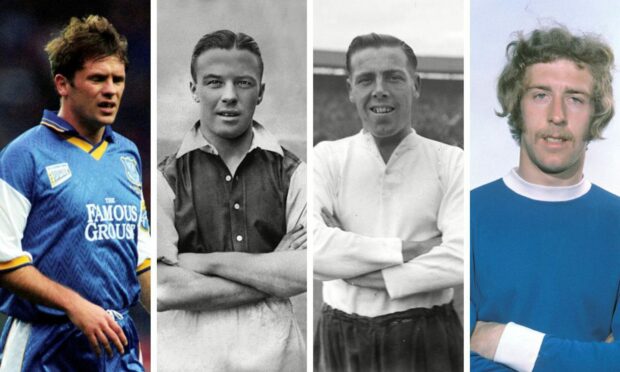

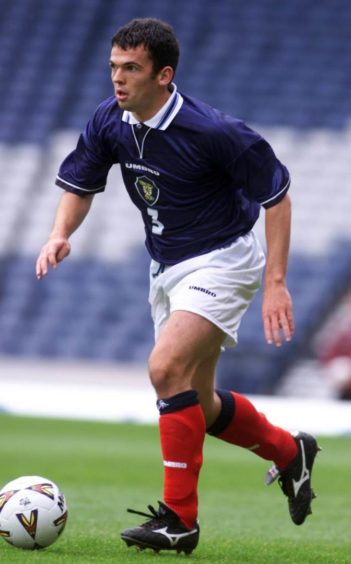
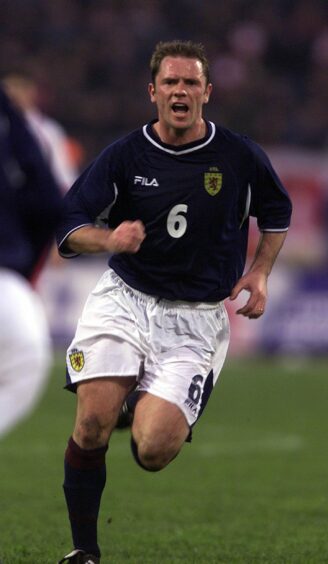
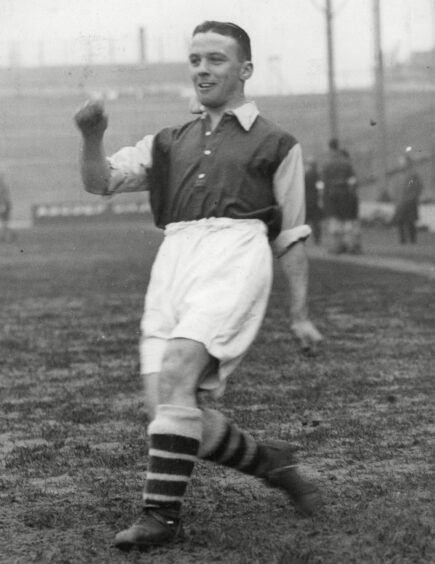
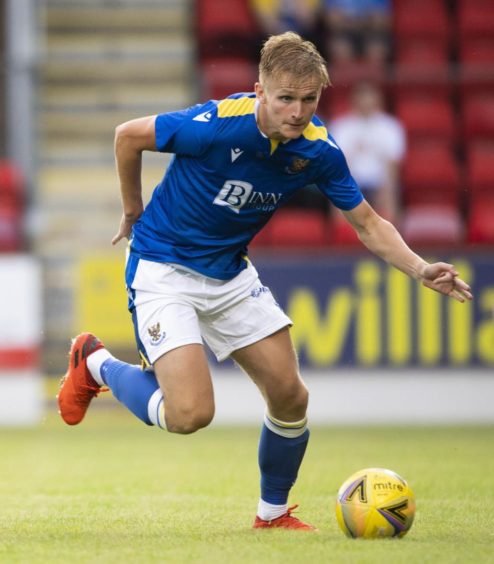
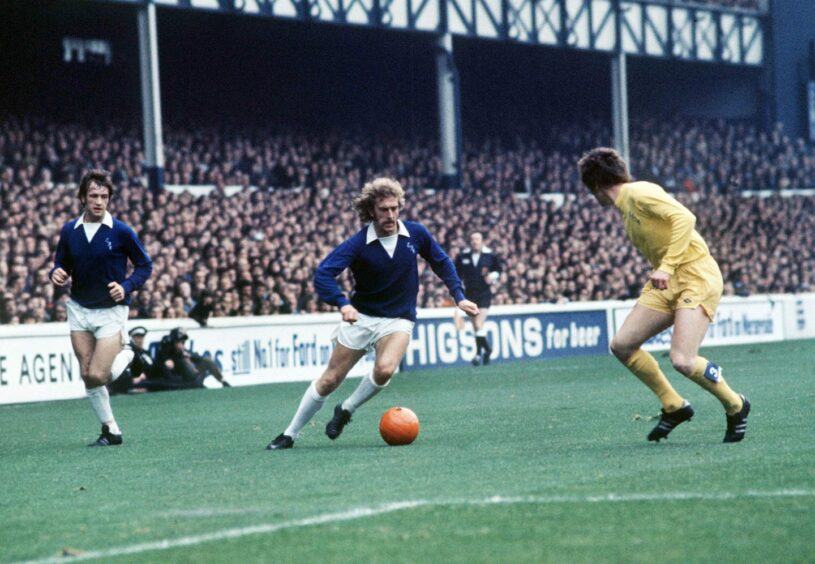
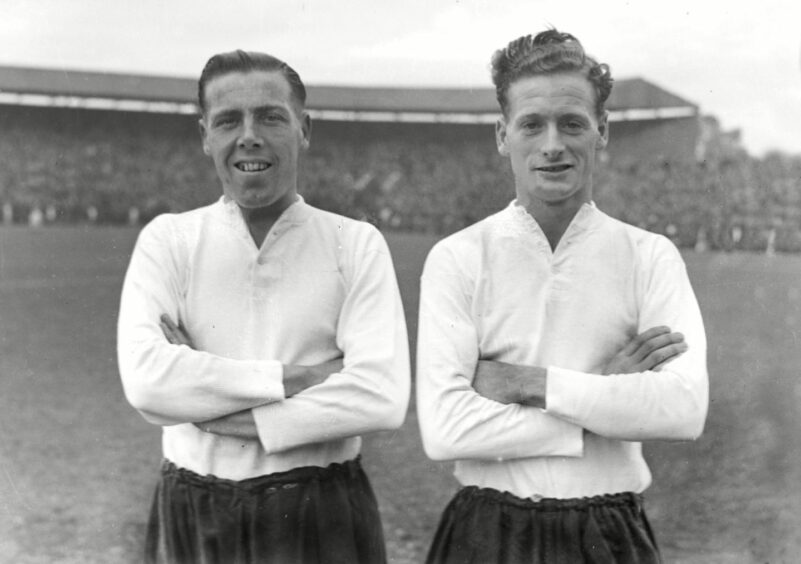
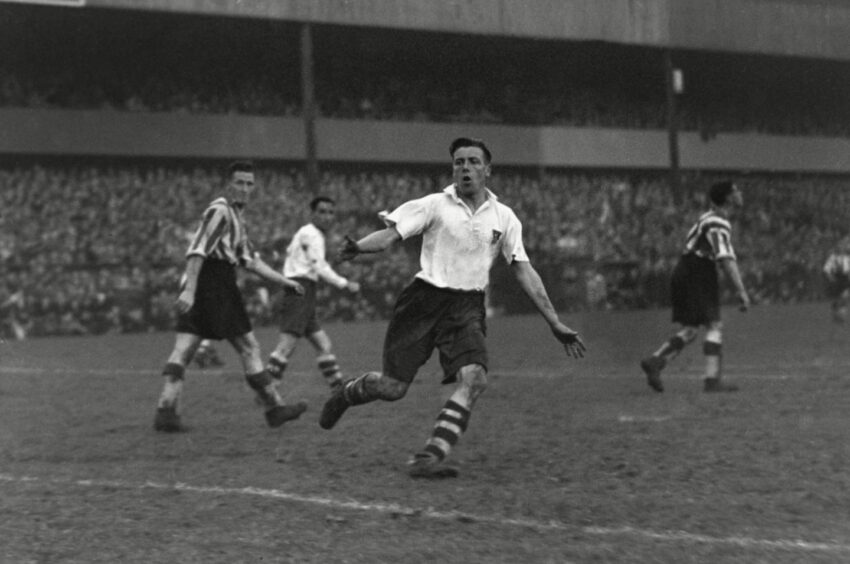
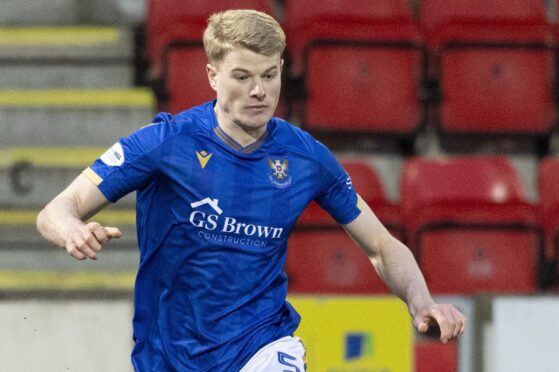
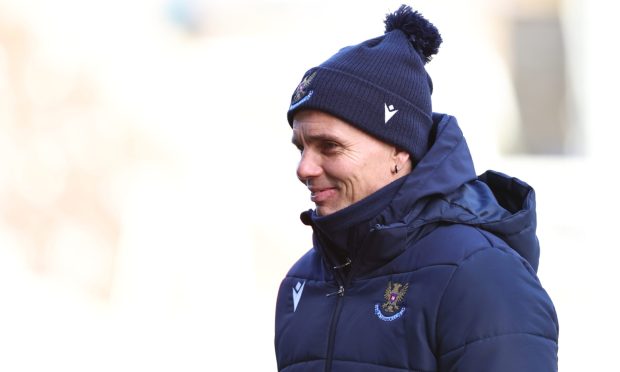
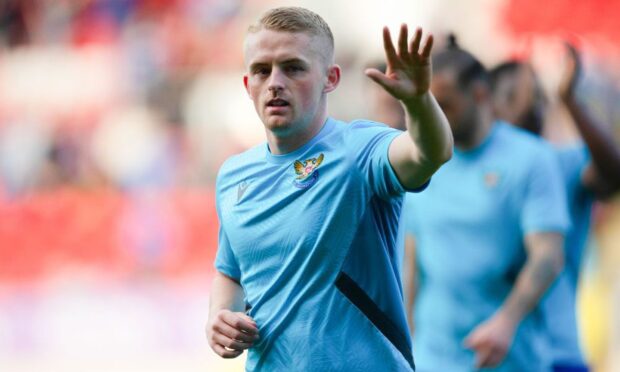
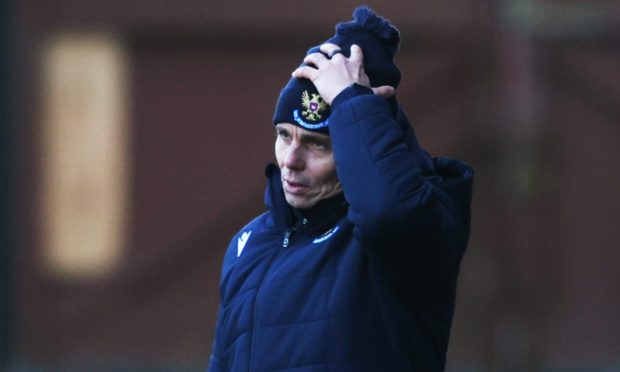
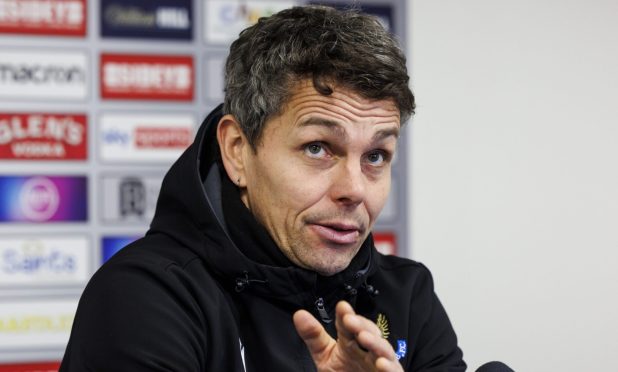
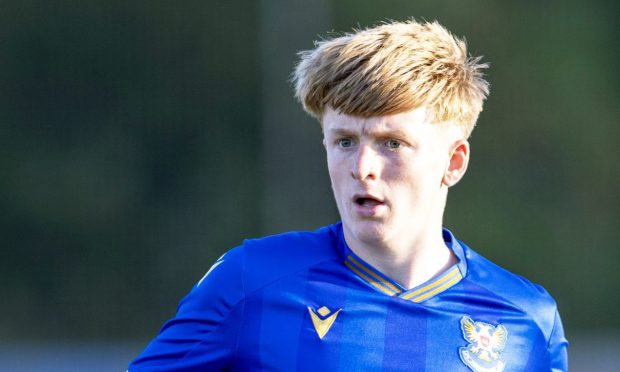
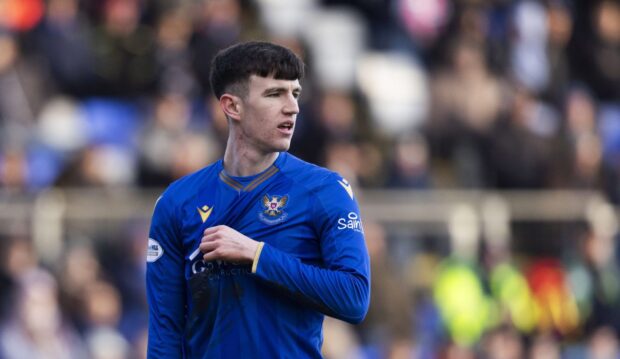
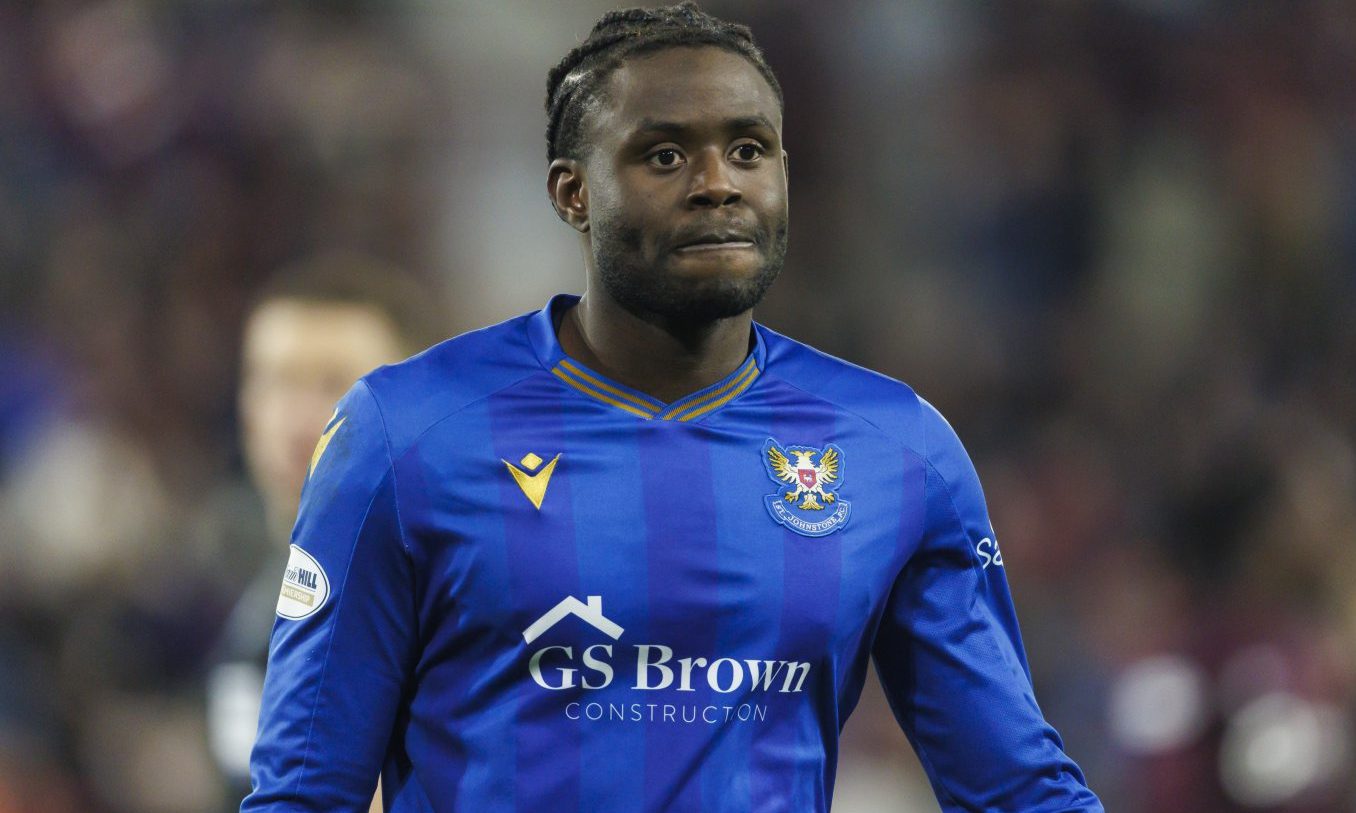
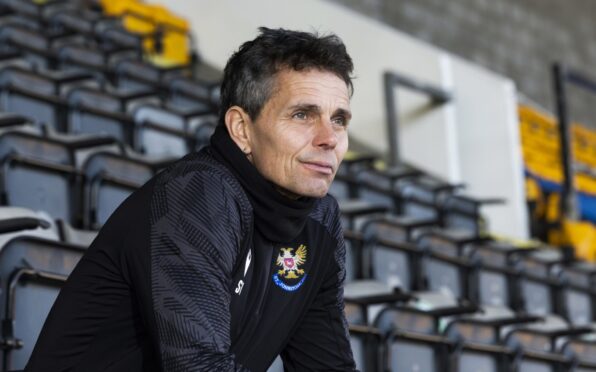
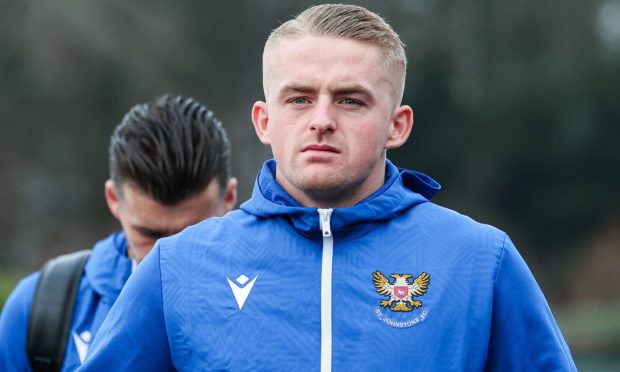
Conversation